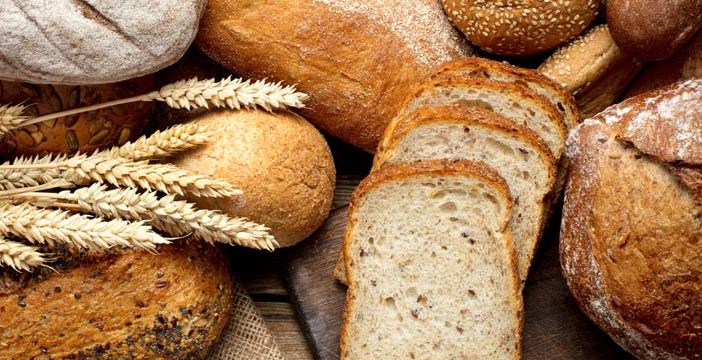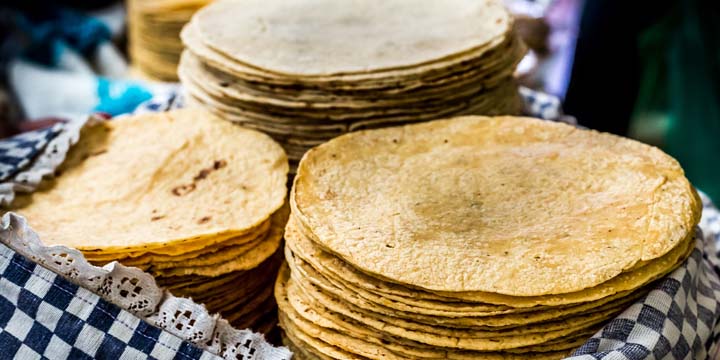
For people living with diabetes, bread raises many questions: Can I eat bread? How much can I eat? Should I be eating a special type of bread? If I eat whole wheat bread, will it still raise my blood sugar? Read on to learn about shopping for healthy breads.
Which bread is best for people with diabetes?
It’s important to note that people with diabetes can continue to enjoy bread, just like anyone else. Of course, as with any other food, portion sizes will have to be adapted to help you meet your blood sugar and other diabetes management goals. Even healthy 100% whole grain bread will raise blood sugar, so portion size is very important.
The most important thing to remember is to choose bread made with whole grains. Look for packages that say “100% whole grain” or “100% whole wheat.” These breads are made from whole grain wheat flour, whole rye, whole grain corn, whole oats or other grains.
If the ingredient list states that the bread contains “wheat flour” or “enriched flour,” it means that the product contains mostly white flour. Whole grain bread contains all three parts of the grain — the germ, the bran and the endosperm. The germ and the bran contain most of the minerals, fibre and other important nutrients. White flour has only the endosperm.
Just looking at the colour doesn’t really help. Darker breads may look healthier but they may or may not be. Only the ingredient list can help you decide if the bread you’re looking at is a 100% whole grain product.
Other considerations when shopping for bread
- Check out the nutrition facts table for fibre content. Choose bread that has at least 2 grams of fibre per slice.
- Choose breads that are lower in sugar, fat and sodium.
- Bread slices come in many different sizes and shapes. A typical slice of bread should weigh 30 grams and contains 15 grams of carbohydrate. Look for a healthy 100% whole grain bread that is close to this amount of carbohydrate or choose a smaller portion of bread that may be a bit heavier or contains more carbohydrate.
Glycemic index of bread
The glycemic index is a scale that ranks a carbohydrate-containing food by how much it raises blood sugar levels after it is eaten. Foods with a high glycemic index increase blood sugar higher and faster than foods with a low glycemic index.
There are 3 glycemic index categories:
- Low (55 or less): choose most often
- Medium (56 to 69): choose less often
- High (70 or more): choose least often
Check out the table below to see the glycemic index of different types of bread.
| Low glycemic index (55 or less) |
Medium glycemic index (56 to 69) |
High glycemic index (70 or more) |
| Mixed grain breads | Chapati (white, whole wheat) | Naan (white, whole wheat) |
| Spelt bread | Flaxseed bread | White bread |
| Sourdough bread | Pita bread (white, whole wheat) | Whole wheat bread |
| Whole grain tortilla | Pumpernickel bread | |
| Roti (white, whole wheat) | ||
| Rye bread (light, dark, whole grain) | ||
| Stone-ground whole wheat bread | ||
| Whole grain wheat bread |

Choosing a healthy bread from the multitude of options at the grocery can be quite straightforward. Just be sure to choose a whole grain bread that contains a healthy amount of fibre and carbohydrate.
Check out other tips for navigating the grocery store in this series of expert blogs by Registered Dietitian Joanne Lewis.


